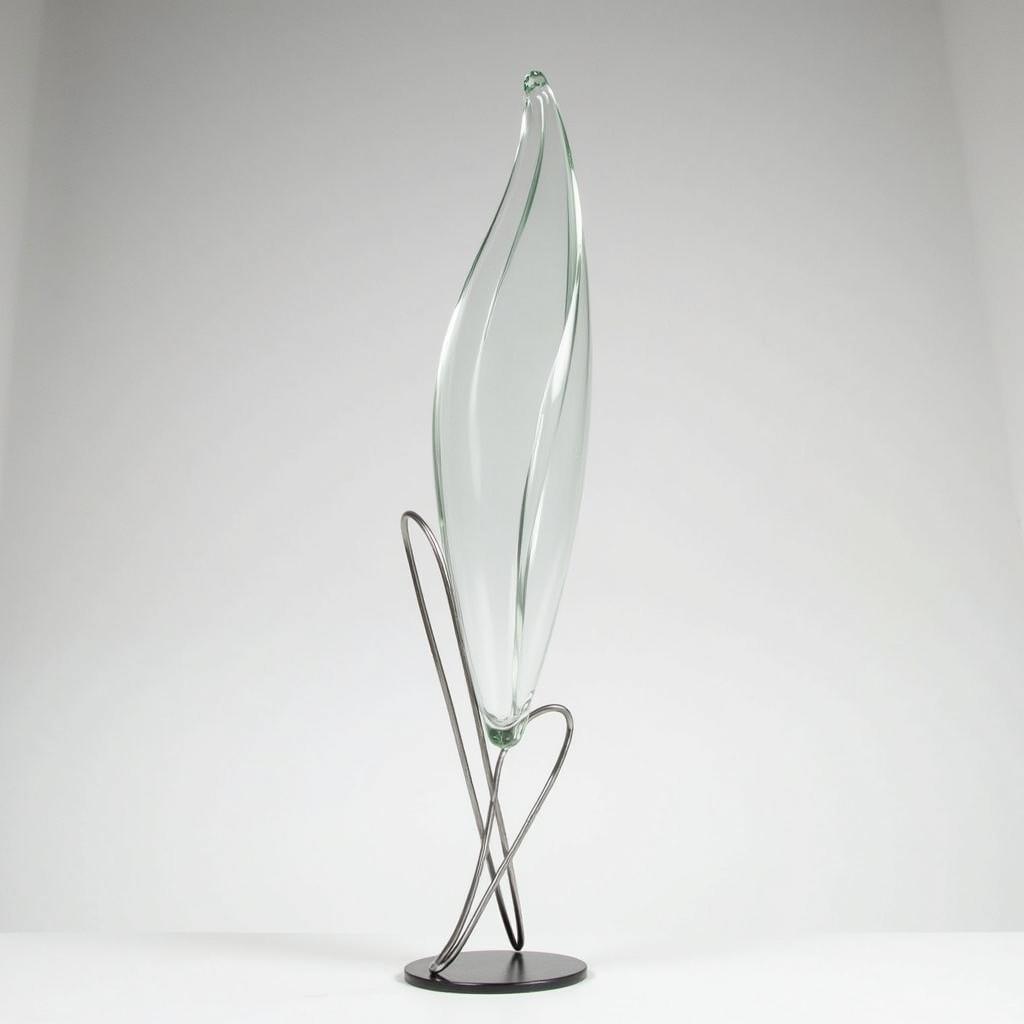Discovering the Exquisite World of Porcelain d’Art Limoges France
Porcelain d’Art Limoges France, a name synonymous with elegance and craftsmanship, has captivated collectors and art enthusiasts for centuries. From its humble beginnings in the late 18th century, Limoges porcelain has evolved into a symbol of French luxury, gracing tables and adorning homes with its delicate beauty. This article delves into the rich history, intricate production process, and enduring allure of Porcelain d’Art Limoges France.
A Legacy of Craftsmanship: The History of Porcelain d’Art Limoges France
The story of Limoges porcelain begins with the discovery of kaolin, a crucial ingredient for hard-paste porcelain, in the Limousin region of France. This discovery in the late 1760s paved the way for the establishment of numerous porcelain factories in Limoges, transforming the region into a hub of artistic creation. The unique properties of Limoges kaolin, which allows for a whiter, more translucent porcelain, quickly established the region’s reputation for producing high-quality porcelain. The demand for Limoges porcelain soared throughout the 19th century, driven by its exquisite craftsmanship and association with French aristocracy. Royal patronage further cemented Limoges porcelain’s status as a symbol of luxury and refinement.
The Art of Creation: How Porcelain d’Art Limoges France is Made
The creation of Porcelain d’Art Limoges France is a meticulous process involving several stages, each requiring specialized skills and artistic talent. It begins with the careful selection and preparation of the kaolin, which is then mixed with other ingredients to create the porcelain paste. This paste is then shaped into the desired form, whether it’s a delicate teacup, an ornate vase, or a sculpted figurine.
After shaping, the porcelain undergoes a series of firings at extremely high temperatures. This process strengthens the porcelain and gives it its characteristic translucence. The next stage involves the application of intricate designs, often hand-painted by skilled artisans. From delicate floral patterns to vibrant landscapes, these designs bring the porcelain to life.
Identifying Authentic Porcelain d’Art Limoges France
With its increasing popularity, it’s important to know how to identify authentic Limoges porcelain. Look for markings on the bottom of the piece, which usually include the name of the manufacturer and the word “Limoges”. The quality of the porcelain itself should be high, with a smooth, even surface and a translucent appearance. Remember, genuine Limoges porcelain feels substantial and well-made.
What is the easiest way to identify authentic Limoges porcelain? Look for the manufacturer’s mark and the word “Limoges” on the bottom.
Porcelain d’Art Limoges France in the Modern Era
Today, Porcelain d’Art Limoges France continues to be cherished by collectors and art lovers worldwide. Contemporary artists are pushing the boundaries of traditional techniques, incorporating modern designs and innovative approaches while maintaining the high standards of craftsmanship that have defined Limoges porcelain for centuries. From classic to contemporary, Limoges porcelain offers a piece of art for every taste and style.
Conclusion
Porcelain d’Art Limoges France represents more than just exquisite tableware or decorative objects; it embodies a rich heritage of artistic excellence and technical mastery. From its historical roots in the Limousin region to its continued relevance in the contemporary art world, Limoges porcelain remains a testament to the enduring power of craftsmanship and the timeless appeal of beauty. Investing in Porcelain d’Art Limoges France is not simply acquiring a piece of porcelain; it is acquiring a piece of art history.
FAQ
- What is Limoges porcelain made of? Primarily kaolin, a type of white clay found in the Limousin region of France.
- How can I tell if my Limoges porcelain is antique? Look for backstamps and identifying marks which can often pinpoint the era of manufacture.
- Is all Limoges porcelain hand-painted? While many pieces are hand-painted, some utilize decal techniques.
- How do I care for my Limoges porcelain? Hand-washing is recommended for most pieces.
- Where can I buy authentic Limoges porcelain? Reputable antique dealers and specialized retailers.
- What are the different types of Limoges porcelain? There are various types, including tableware, figurines, and decorative objects.
- Is Limoges porcelain a good investment? Antique and high-quality pieces can appreciate in value over time.
Need further assistance? Contact us at Phone: 02462573573, Email: [email protected] or visit our location: Savico Megamall, 7-9 Đ. Nguyễn Văn Linh, Gia Thụy, Long Biên, Hà Nội 10000, Việt Nam. We have a 24/7 customer support team.



